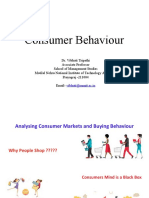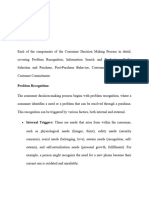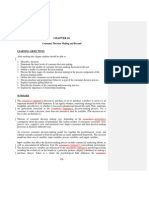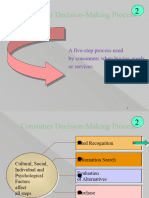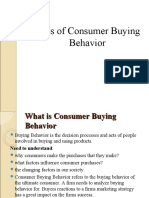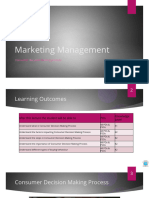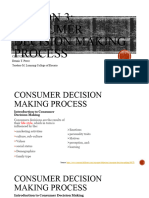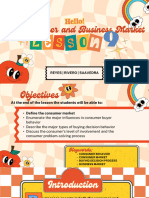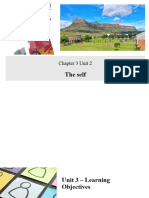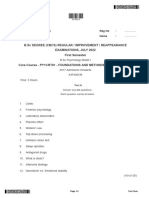0% found this document useful (0 votes)
32 views11 pagesCB Chapt 09
Consumer decision-making is the process individuals go through to select, purchase, use, and dispose of goods and services. It involves key stages such as problem recognition, information search, evaluation of alternatives, purchase decision, and post-purchase behavior, influenced by various factors including cultural, social, personal, and psychological aspects. Additionally, consumer behavior can be categorized based on involvement levels and includes models that explain decision-making from economic, cognitive, emotional, and passive perspectives.
Uploaded by
botlizzie63Copyright
© © All Rights Reserved
We take content rights seriously. If you suspect this is your content, claim it here.
Available Formats
Download as PDF, TXT or read online on Scribd
0% found this document useful (0 votes)
32 views11 pagesCB Chapt 09
Consumer decision-making is the process individuals go through to select, purchase, use, and dispose of goods and services. It involves key stages such as problem recognition, information search, evaluation of alternatives, purchase decision, and post-purchase behavior, influenced by various factors including cultural, social, personal, and psychological aspects. Additionally, consumer behavior can be categorized based on involvement levels and includes models that explain decision-making from economic, cognitive, emotional, and passive perspectives.
Uploaded by
botlizzie63Copyright
© © All Rights Reserved
We take content rights seriously. If you suspect this is your content, claim it here.
Available Formats
Download as PDF, TXT or read online on Scribd
/ 11

